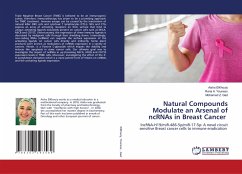Over the past decade, the DNA microarray has evolved into one of the most commonly utilized genomic tools in biology labs around the world. While applications for microarrays have significantly grown over the years, they were originally designed for analyzing global gene expression profiles of tissues or cells. Through genetic profiling of thousands of cell lines and tissue samples, an exorbitant amount of genomic data has been obtained, revealing extensive large-scale gene expression changes that occur during essentially all normal and disease processes, such as cancer and aging. However, understanding the origins and consequences of these large-scale changes remains a challenge. To address this problem, we describe two computational tools to decipher these genetic programs, and then carry out extensive experiments to determine the mechanisms of physiological processes in detail. While these tools can be applied to any number of biological problems, here we specifically focus onlarge-scale genomic changes observed in breast cancer and mammalian aging.
Bitte wählen Sie Ihr Anliegen aus.
Rechnungen
Retourenschein anfordern
Bestellstatus
Storno








